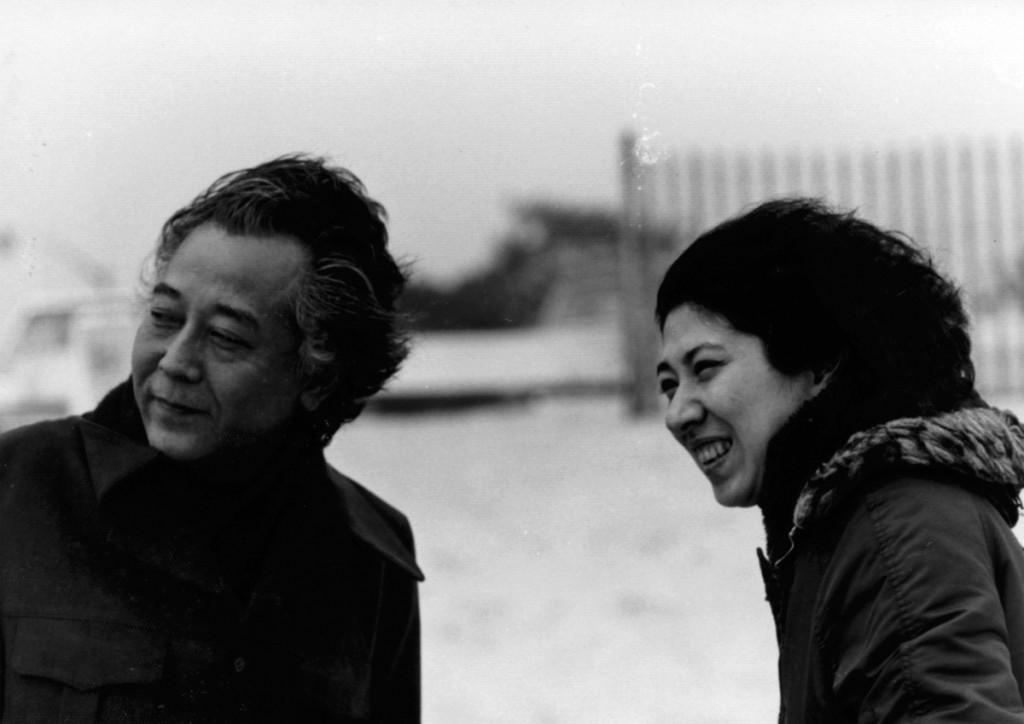
Shūichi Katō
20th Century Memoir
2000
Li-lan is an artist in New York. I do not recall where we first met, but she and I traveled everywhere, from New York to Tokyo, Tokyo to Shinshu, and to China, Taiwan, Berlin and to Los Angeles. When she visited me at my home in Oiwake, Shinshu, she was on her way to Masuo Ikeda’s hometown in Nagano.
In Oiwake, we were recalling the woods in East Hampton. Li-lan has her summer studio and a home in the Hamptons where there was also a very “human” dog called Yuki.
We both agreed that dogs would cry when they are sad. However would a dog laugh? I would say that Henri Bergson would laugh but that a dog would not laugh, but Li-lan would say that not only humans laughed becauseYuki would laugh and we would argue.
East Hampton was close to the sea. Around Li-lan’s studio, I picked up an elegant white small stone. I took this small stone and gave it to our mutual friend, Barbara Yoshida Kraft. Barbara placed this white stone on a small black plate filled with water. Delicate wavering light would reflect on the stone and that was a reflection of the friendship among the three of us.
One of the basic functions for painting is to minimize the size of natural objects. A map shows the whole of Japan on one piece of paper. Scenery is the same. Views of Tomi Take by Hokusai would minimize Mount Fuji in one wood block print. But on
the other hand, would there be paintings that would enlarge natural objects? It is very rare but there are few cases. It is the Lined Notebook by Li-lan. She would draw a plain standard notebook on a canvas that is as tall as a human being. She started by enlarging notebooks.
As time passed, she would move to drawing enlarged envelopes and postal stamps. Its effect was completely surreal. Our eyes, which are used to seeing the minimized picture, will see the whole Fuji as it is. But enlarged postal stamps would no longer be postal stamps and look like an extraordinary object. The scene on the postal stamp will become a picture within the picture, an inner surrealism space produced by enlarged envelope and postal stamps will create another realism.
But that is not all. Air Mail envelopes will connect Li-lan’ world with the outside world. There is her father’s hometown (Chinese American) and her mother’s ancestral homeland (German American). She did not draw the villagers who remembered her father in China or acquaintances in Taiwan or artists in Tokyo or Mexico or art critics from Berlin. Or Manhattan or the suburb of East Hampton or the people living there. Rather, she drew envelopes and stamps. She wanted to express communication itself, the global openness.
Lonely artists will gaze at small things close to them and tend to see the whole world and its identity in them. As Morandi and Samuel Beckett saw, so did Li-lan.

Shūichi Katō (加藤 周) was a Japanese critic and author best known for his works on literature and culture.